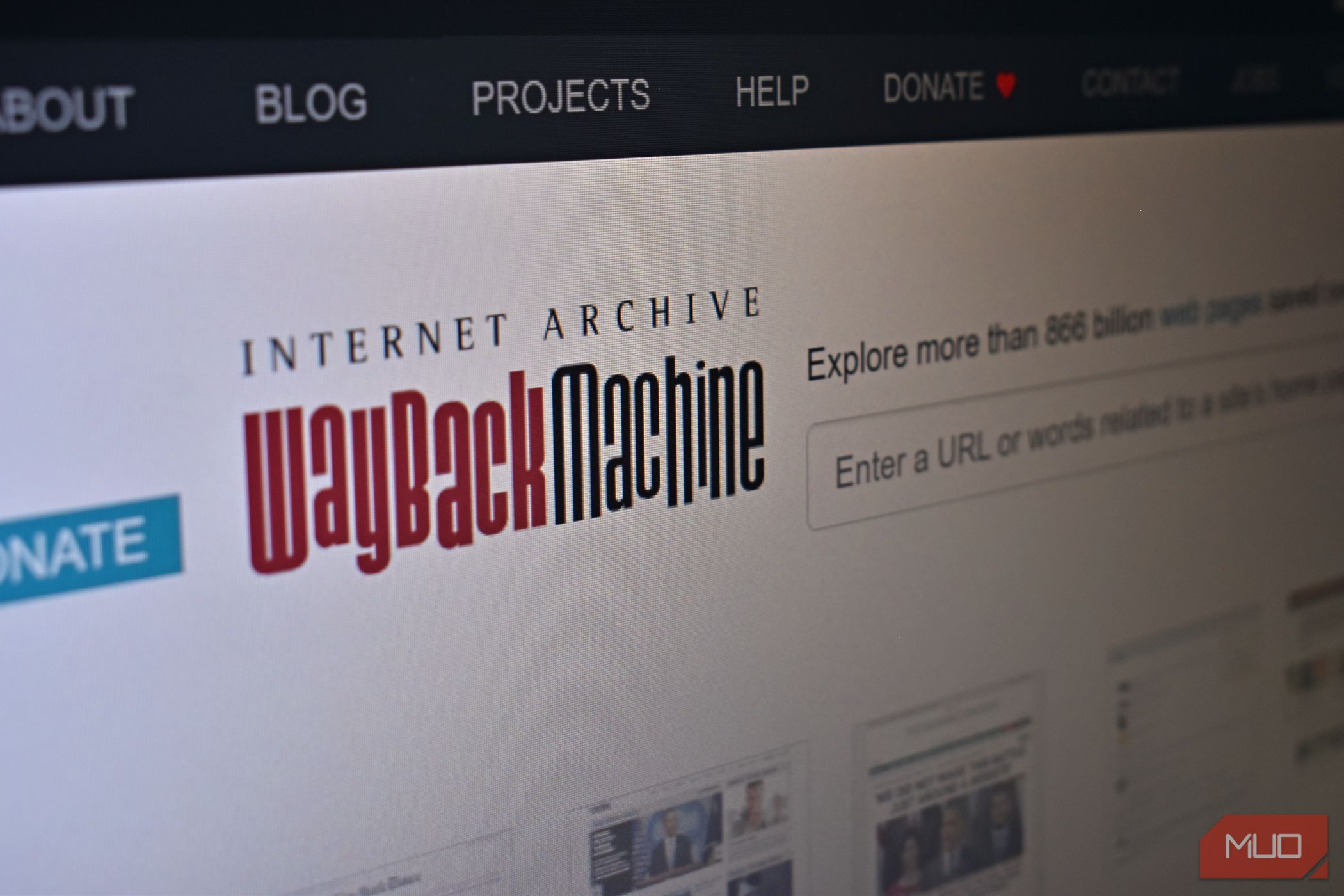The Wayback Machine is one of the most fascinating tools on the internet, providing users with a unique ability to travel back in time and explore the digital landscape as it once was. Created by the Internet Archive, the Wayback Machine captures and preserves snapshots of web pages, allowing people to see what websites looked like years ago. This article will delve into the history of the Wayback Machine, its functionalities, its impact on digital culture, and how you can use it to uncover the past.
What is the Wayback Machine?
The Wayback Machine is a digital archive of the World Wide Web, which allows users to access archived versions of web pages. It was launched in 2001 by the Internet Archive, a non-profit organization based in San Francisco. The Internet Archive was founded in 1996 by Brewster Kahle with the goal of providing “universal access to all knowledge.” The Wayback Machine serves this mission by archiving billions of web pages, capturing a vast array of digital content that might otherwise be lost over time.
How Does the Wayback Machine Work?
The Wayback Machine operates by periodically taking snapshots of web pages. These snapshots are created through a process called “crawling,” where automated bots visit web pages and capture the data they contain. The captured data includes text, images, videos, and links, which are then stored in the Internet Archive’s massive data centers. As a result, users can access a vast database of web pages, some dating back to the early days of the internet.
To use the Wayback Machine, simply visit the website and enter the URL of the web page you want to view. You will be presented with a timeline showing all the snapshots that have been taken of that page over the years. By selecting a date, you can view the web page as it appeared at that time, complete with its original content and design.
The History of the Wayback Machine
The concept of the Wayback Machine was inspired by the desire to create a digital library that would preserve the history of the internet for future generations. Brewster Kahle, the founder of the Internet Archive, recognized that the rapid pace of technological change could result in the loss of valuable digital content. He envisioned a tool that could capture and store web pages, allowing people to explore the internet’s history and learn from its evolution.
The Wayback Machine was named after the “Wayback Machine” device from the animated television series The Rocky and Bullwinkle Show. In the show, the device allowed characters to travel back in time, much like how the Wayback Machine allows users to travel back in digital time. Since its launch in 2001, the Wayback Machine has grown exponentially, now containing over 750 billion web pages.

The Importance of the Wayback Machine
The Wayback Machine is an invaluable resource for a variety of reasons. For historians, journalists, researchers, and everyday internet users, it offers a glimpse into the past, providing insights into how websites and digital culture have evolved over time. It also serves as a digital preservation tool, ensuring that important web content is not lost due to changes in technology or the closure of websites.
One of the most significant uses of the Wayback Machine is in preserving digital history. In an era where web pages can be taken down or altered at any moment, the Wayback Machine provides a permanent record of what was once online. This has proven to be especially important in cases where websites have been deleted or altered to remove controversial or sensitive information. By providing access to archived versions of web pages, the Wayback Machine helps to maintain transparency and accountability.
How the Wayback Machine Affects Digital Culture
The Wayback Machine has had a profound impact on digital culture, influencing how we perceive and interact with the internet. It has become a powerful tool for nostalgia, allowing users to revisit websites from their past and see how the web has changed over time. This can evoke a sense of nostalgia for early internet users, who can use the Wayback Machine to revisit old websites, forums, and social media platforms that may no longer exist.
Moreover, the Wayback Machine plays a crucial role in digital activism and accountability. By preserving web pages that have been altered or removed, it provides a means of holding individuals and organizations accountable for their online actions. This has been particularly important in political and social contexts, where web content may be changed or deleted to avoid controversy or backlash.
How to Use the Wayback Machine for Research
Using the Wayback Machine for research is straightforward. Here are some steps to help you get started:
- Visit the Wayback Machine Website: Go to archive.org/web to access the Wayback Machine.
- Enter the URL: In the search bar, enter the URL of the web page you want to view. You can also enter keywords if you’re looking for a specific topic.
- Select a Date: After entering the URL, you’ll see a timeline showing all the snapshots taken of that page. Click on a date to view the web page as it appeared at that time.
- Browse the Archived Page: Once you’ve selected a date, you can browse the archived page as if it were still live. This includes clicking on links and viewing images, though some functionality may be limited depending on the completeness of the snapshot.
- Download or Save the Archive: If you need to keep a copy of the archived page, you can download it directly from the Wayback Machine or use browser extensions that facilitate archiving.
The Challenges and Limitations of the Wayback Machine
While the Wayback Machine is an incredible resource, it does have some limitations. One of the main challenges is that not all web pages are captured equally. The Wayback Machine relies on web crawlers to capture data, and these crawlers may not visit every page of a website. Additionally, some websites may block crawlers from accessing their content, resulting in gaps in the archive.
Another limitation is that the Wayback Machine cannot capture interactive elements of web pages, such as videos or animations, in their original form. These elements may be lost or not function properly in archived versions. Furthermore, websites that rely heavily on JavaScript or other dynamic content may not display correctly in the Wayback Machine.
Despite these challenges, the Wayback Machine remains an essential tool for digital preservation and research. Its vast archive of web pages provides a valuable record of the internet’s history, offering insights into how digital culture has evolved over time.
The Future of the Wayback Machine
As the internet continues to grow and change, the Wayback Machine will play an increasingly important role in preserving digital history. The Internet Archive is constantly working to improve its technology and expand its collection, ensuring that future generations will have access to the rich history of the web.
One exciting development is the integration of artificial intelligence and machine learning technologies to improve the Wayback Machine ability to capture and archive web content. These technologies could help the Wayback Machine become even more comprehensive, capturing a broader range of web pages and preserving them more accurately.
In addition, the Internet Archive is exploring partnerships with other organizations to expand its collection and make more content available to users. This could include collaborations with libraries, universities, and other cultural institutions to ensure that the Wayback Machine remains a valuable resource for years to come.
Conclusion
The Wayback Machine is a remarkable tool that offers a unique window into the history of the internet. Whether you’re a researcher, historian, journalist, or just a curious internet user, the Wayback Machine provides a fascinating way to explore the web’s past. By preserving web pages and digital content, it ensures that the history of the internet is not lost to time, offering a valuable resource for future generations to learn from and enjoy.




